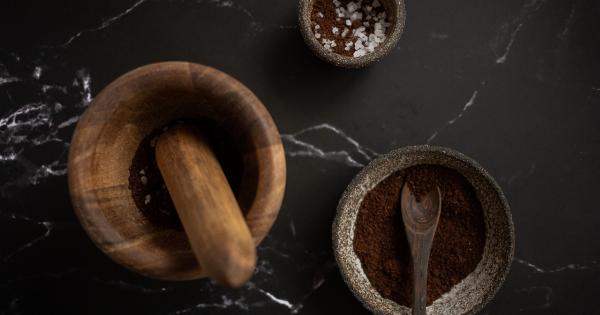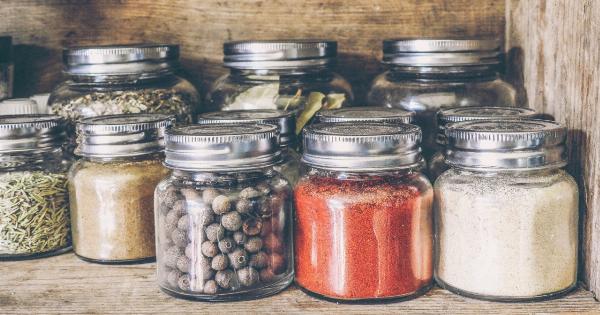Whether you’re trying to mask the taste of a medicine or make a dish more enjoyable, there are several ways to hide an unpleasant taste.
From adding flavorful ingredients to changing the texture of the food, here are some tips to help you conquer the taste buds.
1. Experiment with Spices
One of the easiest ways to improve the taste of a dish is to add spices. Whether you prefer savory or sweet, there are spices that can make almost any food taste better.
If you’re unsure of which spices to use, start with the basics like black pepper, garlic powder, onion powder, and salt. From there, you can experiment with other spices like paprika, cumin, and cinnamon.
2. Use Sour Ingredients
Sour ingredients like lemon juice, vinegar, and yogurt can help balance out the flavors of a dish.
For example, if you’re making a soup that tastes too sweet, adding a bit of lemon juice can help cut the sweetness and make the overall flavor more enjoyable. Similarly, if you’re making a dish that’s too salty, adding a bit of yogurt can help mellow out the saltiness.
3. Add Sweet Ingredients
Sweet ingredients like honey, maple syrup, and brown sugar can also help mask unpleasant tastes. These ingredients work especially well when paired with bitter flavors like coffee or dark chocolate.
By adding a touch of sweetness, you can make these bitter flavors more palatable.
4. Change the Texture
Texture can play a big role in how we perceive taste. If you’re trying to hide an unpleasant taste, changing the texture of the food can help.
For example, if you’re trying to hide the taste of medicine, try crushing it up and mixing it with a thick, creamy substance like pudding or yogurt. The texture of the pudding or yogurt can help mask the taste of the medicine.
5. Try Umami Flavors
Umami is the fifth taste sensation that describes the savory, meaty flavor of foods like mushrooms, soy sauce, and tomatoes. Adding umami flavors to a dish can help enhance the overall flavor and make it more enjoyable.
For example, if you’re making a vegetarian dish that lacks the depth of flavor that meat provides, try adding some umami-rich ingredients like mushrooms or soy sauce.
6. Cook with Wine or Beer
Just like spices, wine and beer can add depth of flavor to a dish. When used in cooking, they can help mask unpleasant tastes and create a rich, complex flavor.
For example, if you’re cooking a dish that has a strong fishy taste, adding a bit of white wine can help cut the fishiness and create a more harmonious flavor.
7. Use Aromatics
Aromatics like garlic, ginger, and onions can help enhance the flavors of a dish and mask unpleasant tastes. These ingredients work particularly well in savory dishes like soups and stews.
By sautéing aromatics before adding other ingredients, you can create a flavor base that will make the overall dish more enjoyable.
8. Incorporate Fresh Herbs
Like spices, fresh herbs can add flavor and depth to a dish. Herbs like basil, rosemary, and thyme are great for adding freshness and complexity. When using fresh herbs, be sure to add them towards the end of cooking so that they retain their flavor.
9. Add Fat
Fat can add richness and depth of flavor to a dish. For example, if you’re making a dish that’s too acidic, adding a bit of butter or cream can help mellow out the acidity and make the dish more enjoyable.
Similarly, if you’re making a dish that lacks flavor, adding some olive oil or bacon fat can help enhance the overall taste.
10. Give It Time
Sometimes, the key to masking an unpleasant taste is simply giving the flavors time to meld together. When you’re cooking a dish, try to let it sit for a few minutes before serving.
This will give the flavors a chance to come together and create a more harmonious taste.































